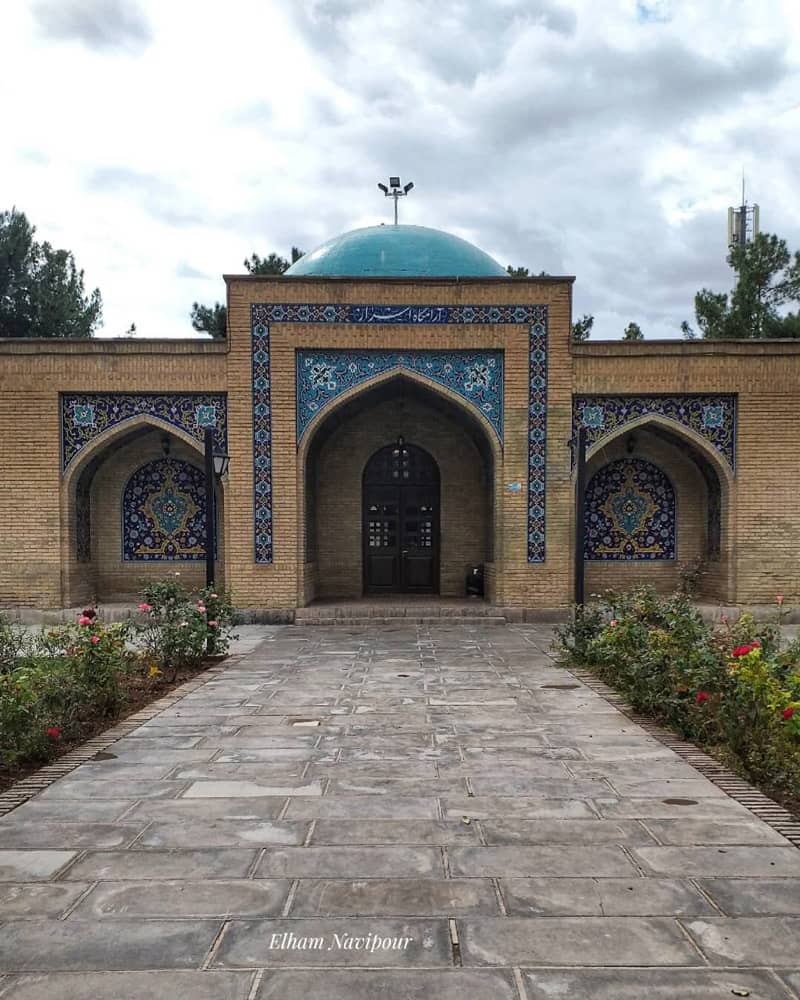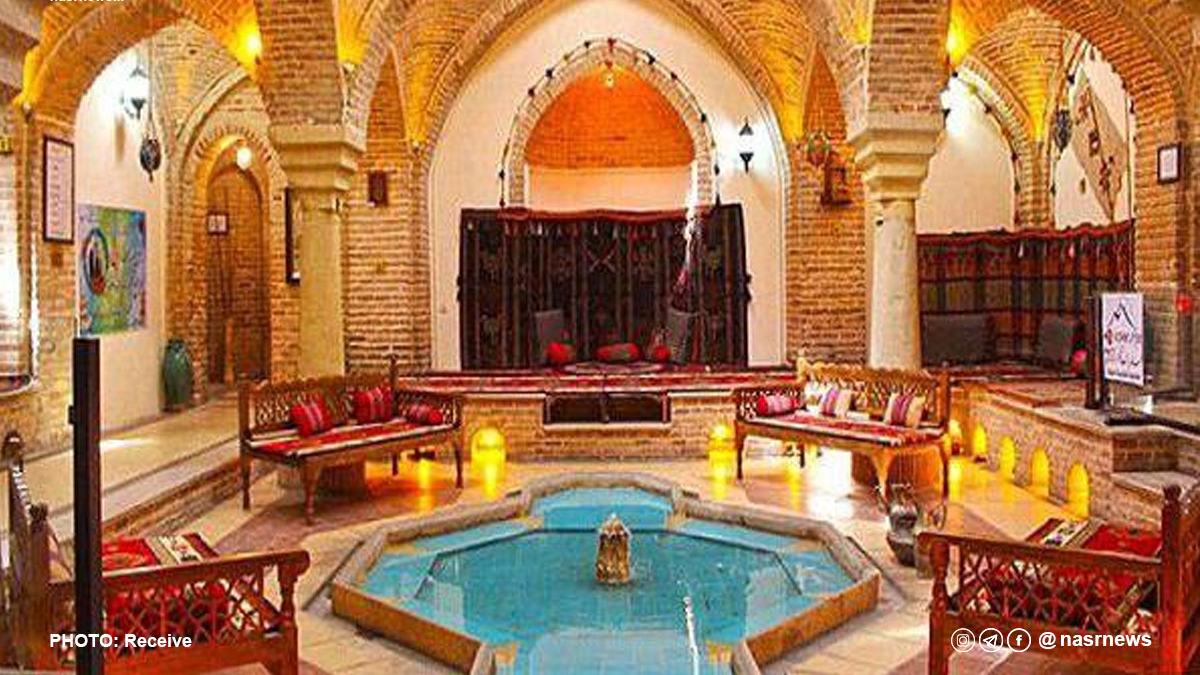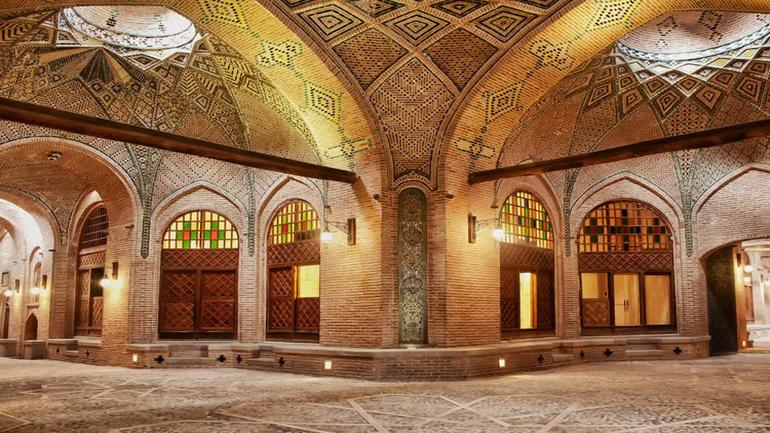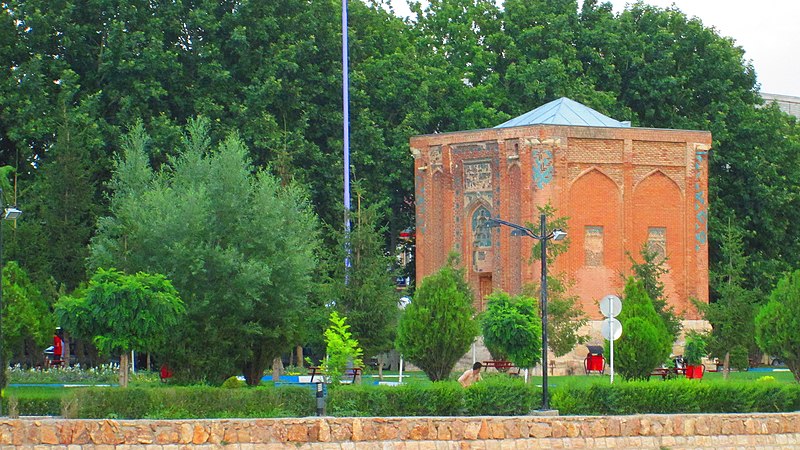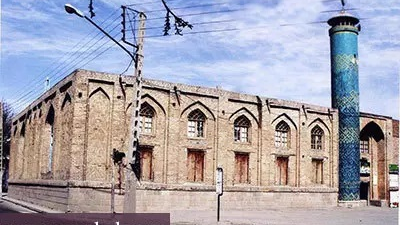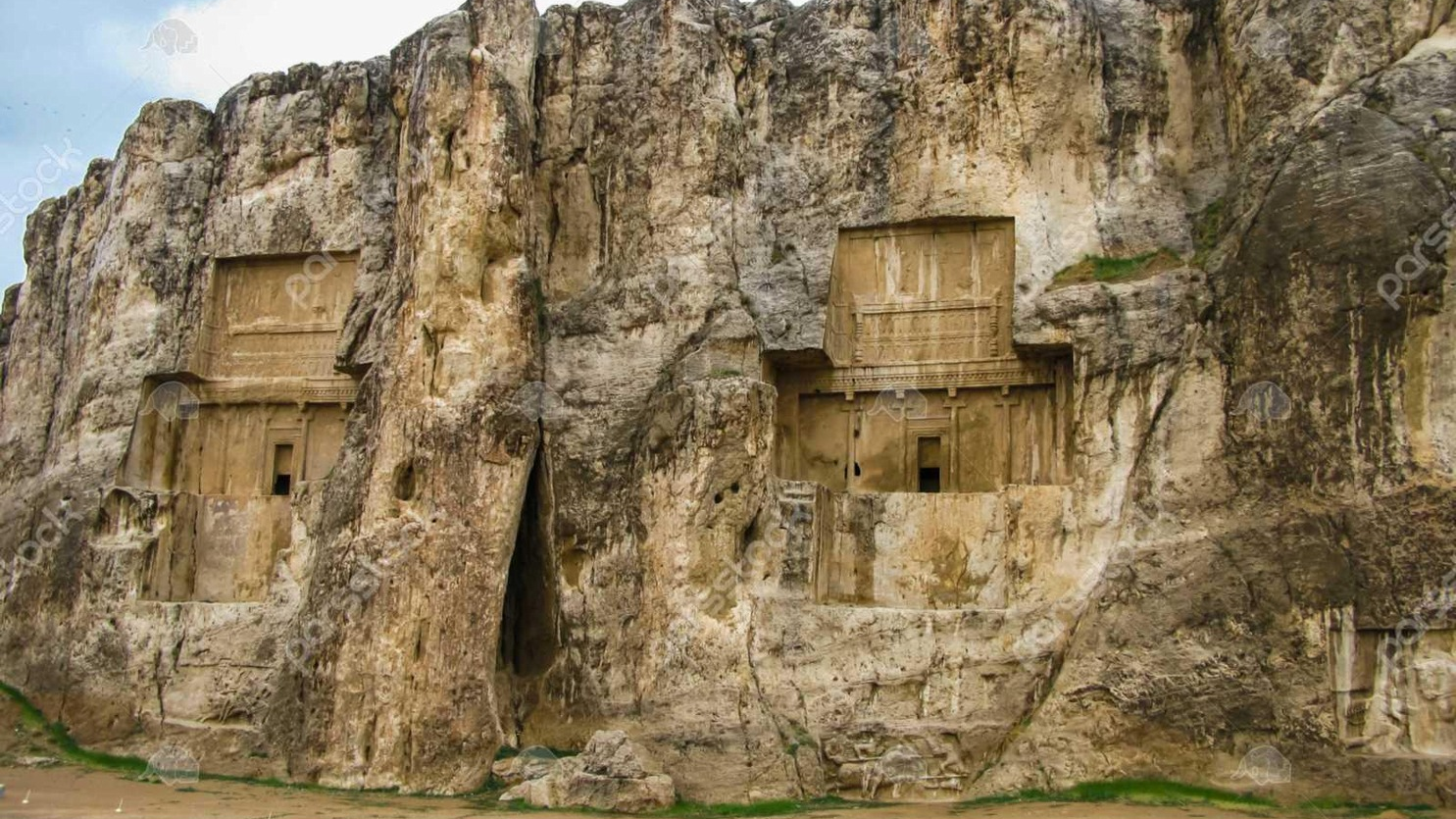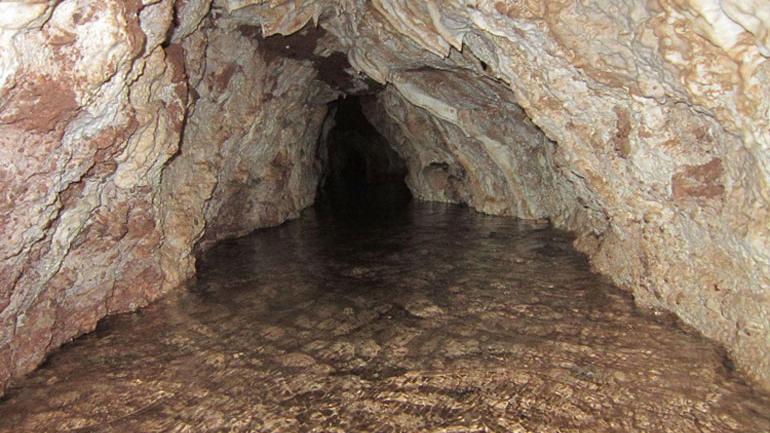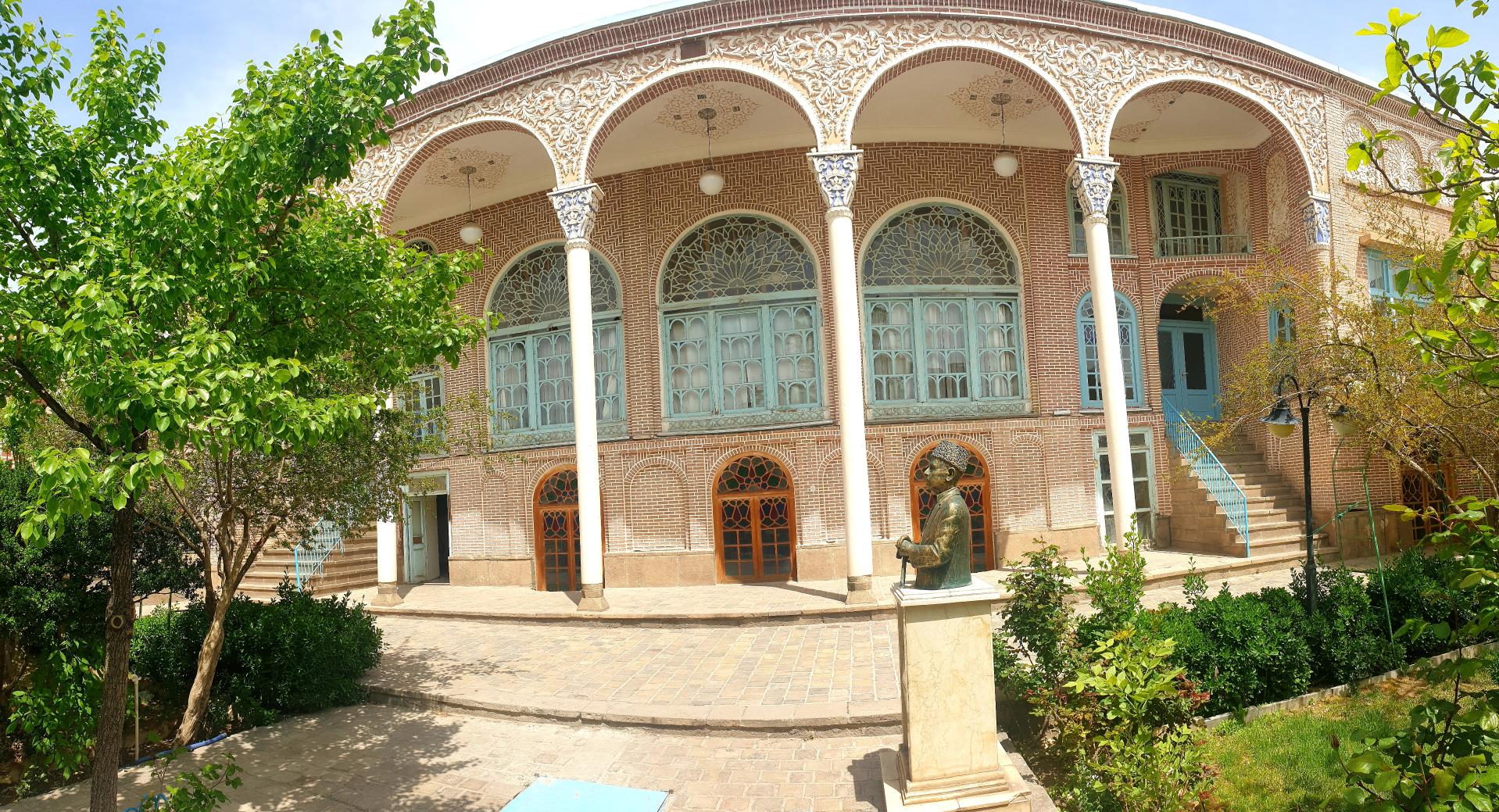
Gonbad-e Sorkh (Red Dome) of Maragheh
Maragheh is famous for housing many historical buildings. There are several buildings called “Gonbad” in this city, each of which is of a special historical value. Gonbad-e Sorkh of Maragheh is the oldest of such buildings the longevity of which dates back to 1147 AD.
History
According to the inscriptions placed in this building, its construction dates back to the Seljuq era and was built by a person named “Abd al-Aziz ibn Mahmoud ibn Hasan Yadim” who was the governor of Azarbaijan. At the peak of their rule, the Seljuqs ruled over a large part of Western Asia and Asia Minor.
Despite the fact that the history of Maragheh goes back to the pre-Islamic era (7th century AD), the 12th to 14th centuries AD are considered the era of its glory and prosperity. During this period, this city was the capital of Seljuqs and local rulers and was considered a center of scientific activities. The establishment of centers such as Rab’-e Rashidi and Maragheh Observatory is evidence of the importance of this city in those days. It has been recorded that 400,000 volumes of books had been collected in the library of Maragheh Observatory, which was built by Khwaja Nasiruddin Tusi, and scholars and students from different nationalities were in interaction with it.
Being the second largest city in East Azarbaijan Province and housing many historical sites and gardens, Maragheh is considered one of the top tourist attractions of Iran. The people of this city speak the Azari Turkish language and are mostly Shiite Muslims, but the Armenian Christians of this city speak Armenian among themselves. The climate of Maragheh is cold in winter and its temperature sometimes drops to minus 20 degrees Celsius, but in summer the maximum temperature is 35 degrees Celsius making Maragheh a desirable tourist destination, which consists of two mountainous and plain parts, and its average annual rainfall is about 330 mm.
Architecture and Features of Gonbad-e Sorkh of Maragheh
In terms of its appearance, this site is very similar to the Gonbad-e Alavian of Hamadan; also built during the Seljuk era. This dome has been built on a stone platform and has a crypt and a main room. The platform is seven steps above the ground level, of which five steps are in front of the platform and two steps are at the threshold of the entrance. The floor of the main room of the building is covered with carved stones and its walls are plastered. The portal of this building has been decorated with turquoise color tiles fitted among the red color bricks. The presence of turquoise color in this part of the building has given it a beautiful effect. There are some inscriptions in the vault above the entrance, written in Kufic script and separated from each other by a broken arch. The name of the founder of the building and the date of its construction can be seen from the inscription on the northern front and the name of its builder can be seen from the western inscription. These inscriptions are important because of the use of a type of Kufi script and Arabesque designs and the beautiful decorations around them.
The dome of this building had been made with two inner and outer layers the outer layer, which looked like a pyramid from the outside, has collapsed, and not much of it is left.
Usage
Some experts believe that this building was used to determine the calendar dates and, therefore, it can be regarded as a kind of observatory. According to these experts, the holes embedded in the four corners of the building were used to observe the position of the stars.
Gonbad-e Sorkh (Red Dome) of Maragheh was inscribed on the list of Iran’s national heritage in the year 1932.
| Name | Gonbad-e Sorkh (Red Dome) of Maragheh |
| Country | Iran |
| State | East Azerbaijan |
| City | Maragheh |
| Type | Historical |
| Registration | National |
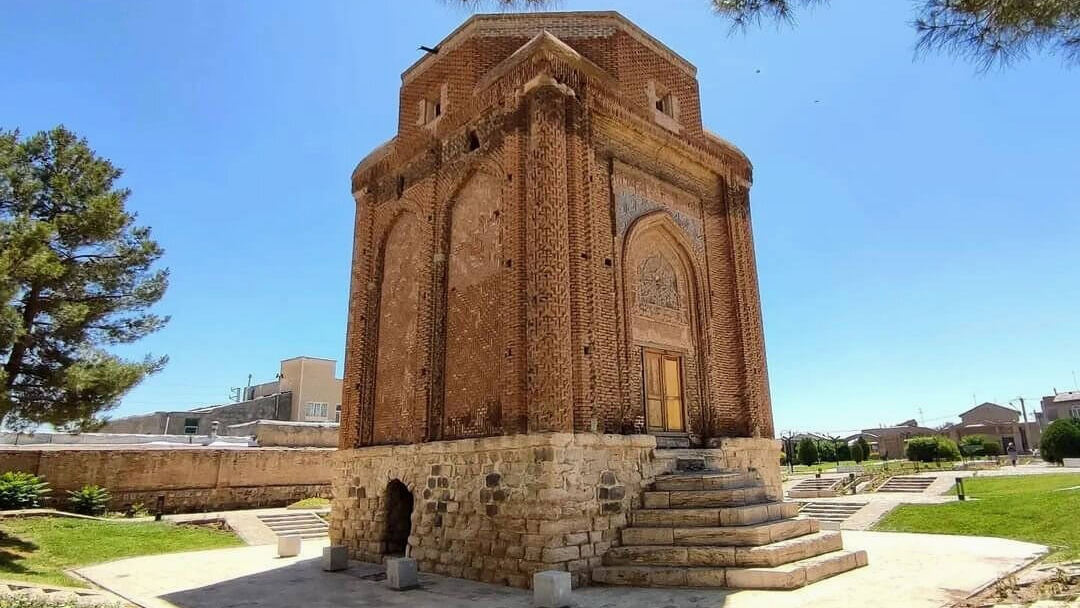
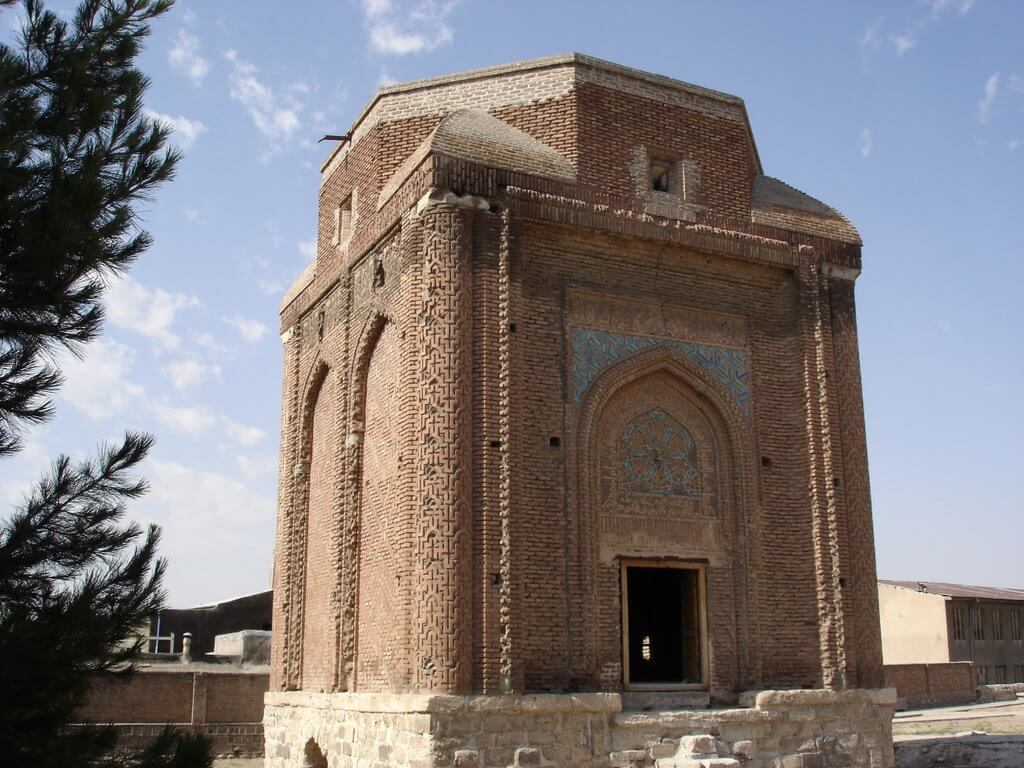
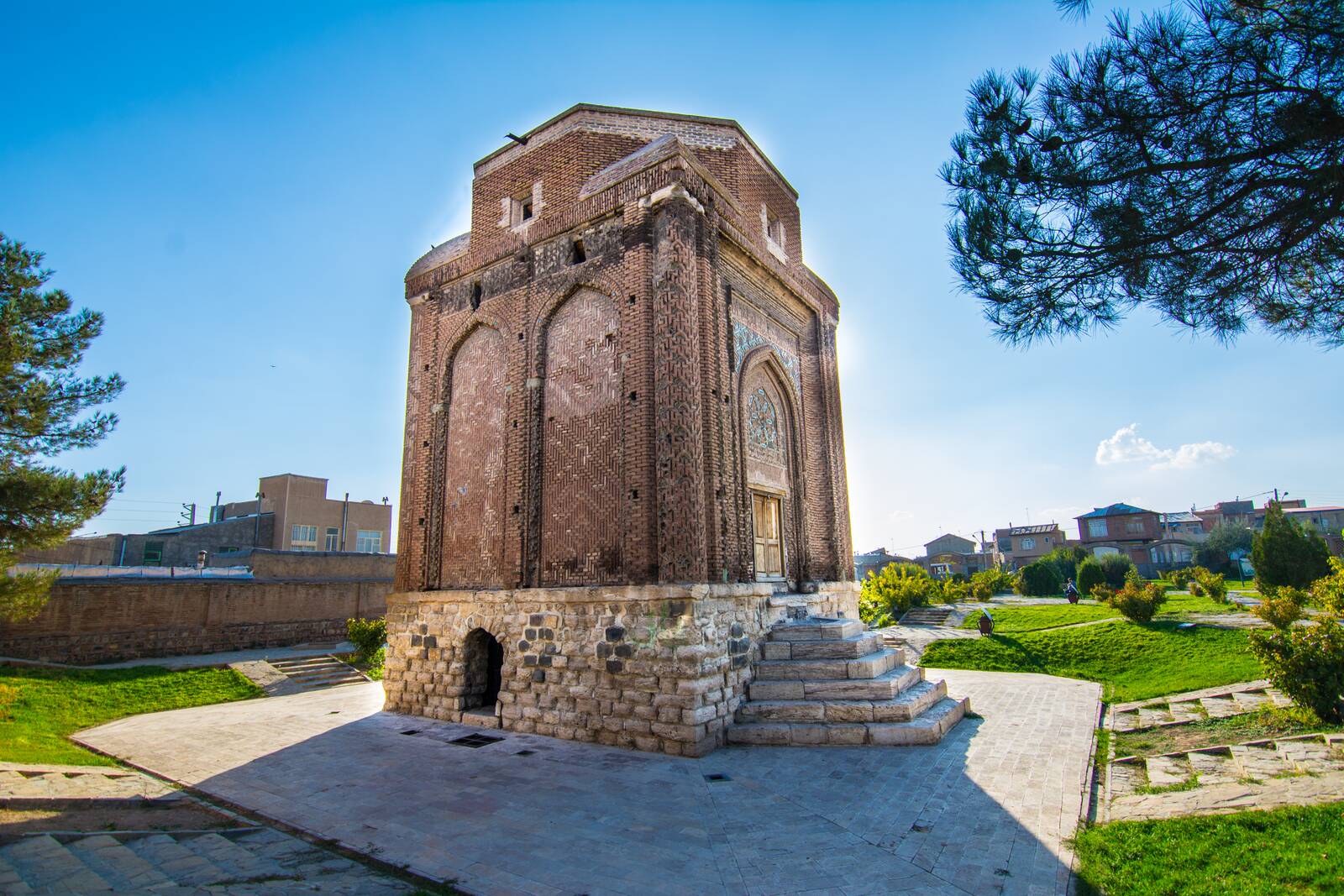
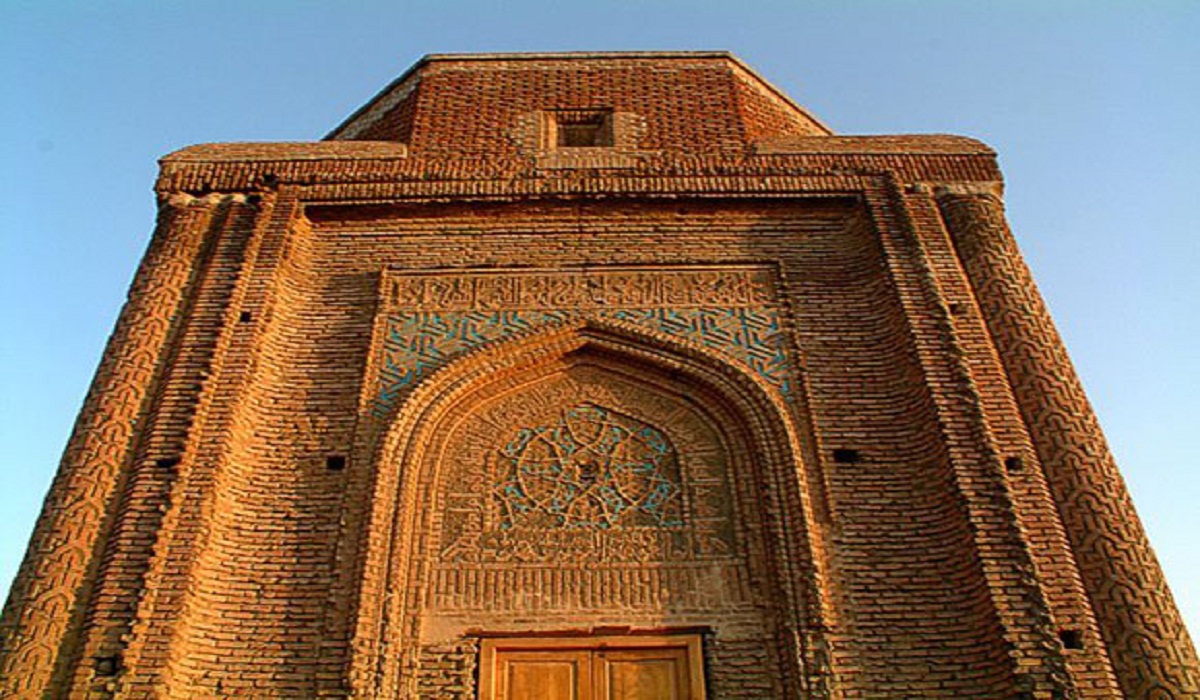
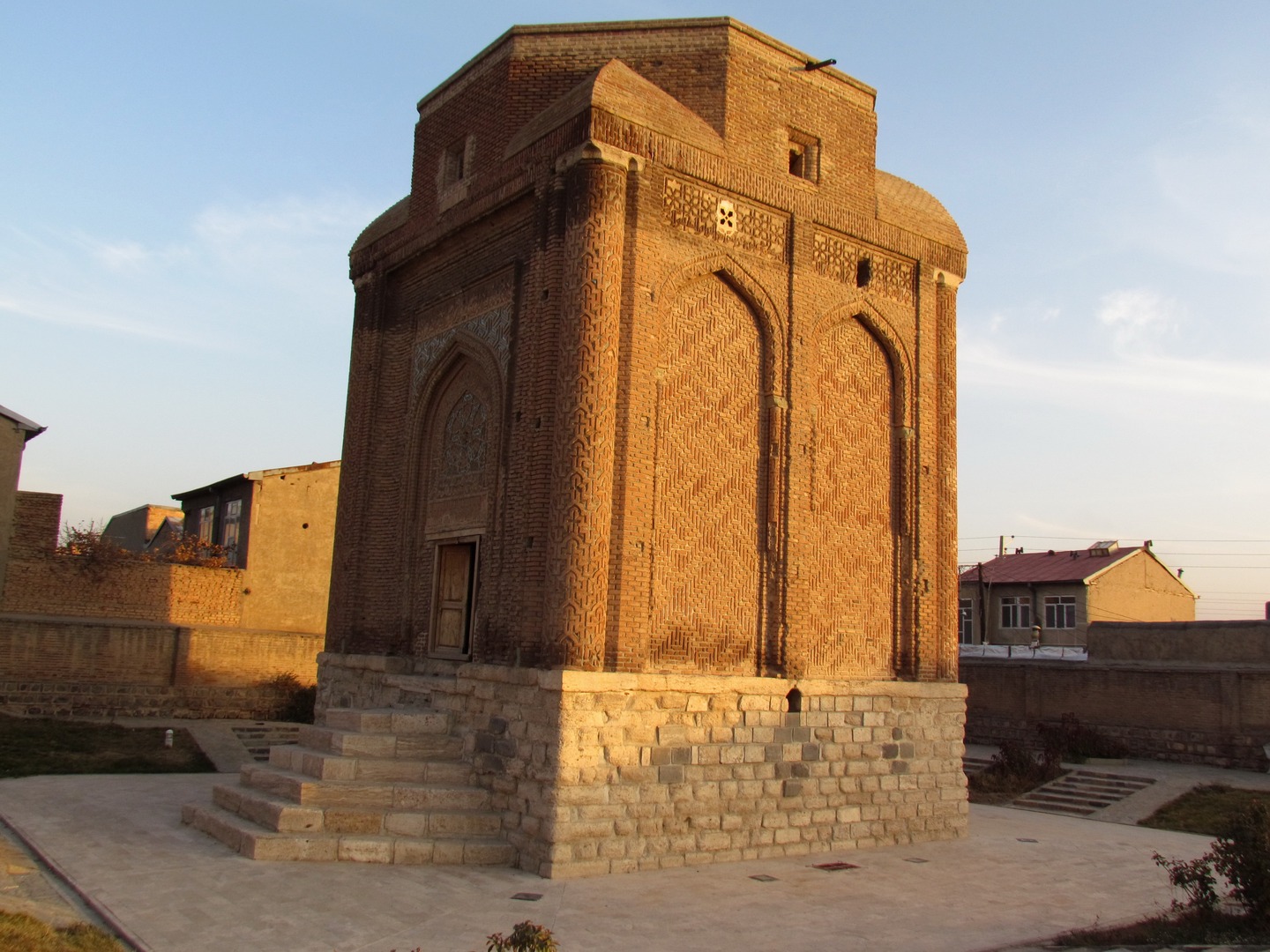





Choose blindless
Red blindless Green blindless Blue blindless Red hard to see Green hard to see Blue hard to see Monochrome Special MonochromeFont size change:
Change word spacing:
Change line height:
Change mouse type:


